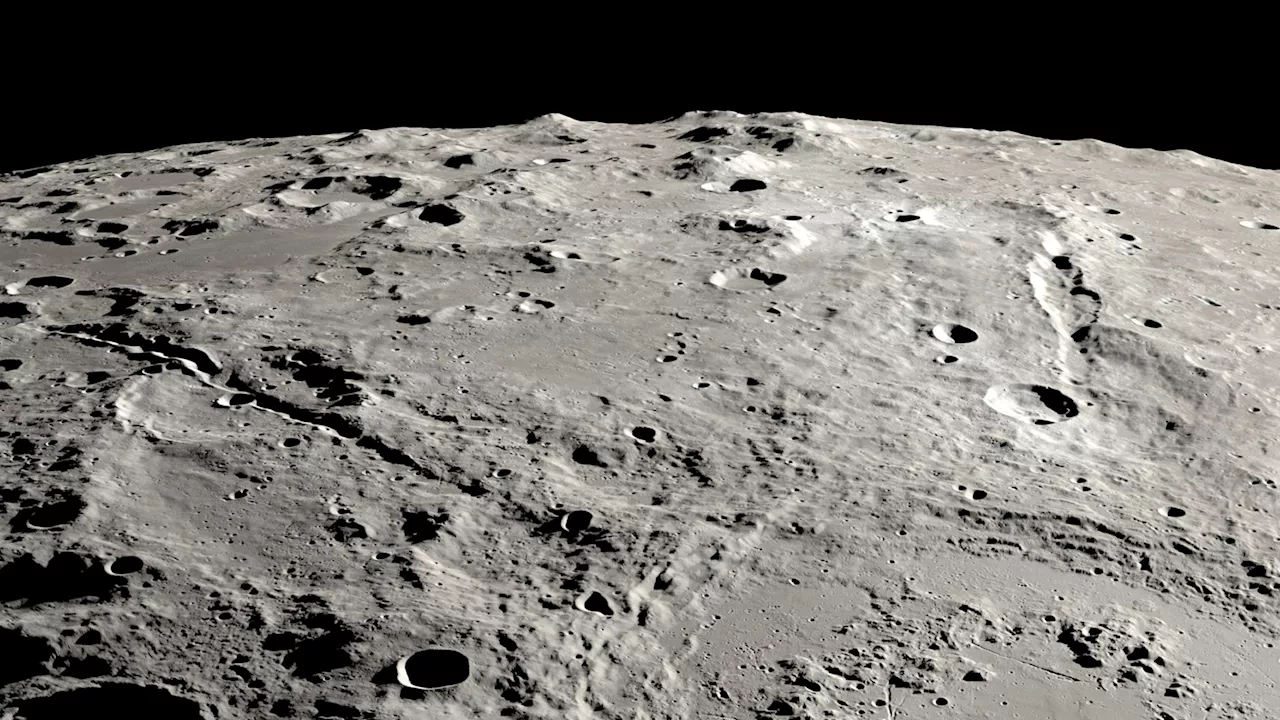New research reveals that an asteroid collision billions of years ago created two massive canyons on the far side of the moon. This discovery is significant for NASA's Artemis program, as it indicates that the lunar south pole on the near side, targeted for future astronaut landings, remains largely undisturbed and rich in ancient rocks.
New research shows that when an asteroid slammed into the moon billions of years ago, it carved out a pair of grand canyons on the lunar far side.
U.S. and British scientists used photos and data from NASA's Lunar Reconnaissance Orbiter to map the area and calculate the path of debris that produced these canyons about 3.8 billion years ago. They reported their findings Tuesday in the journal Nature Communications. Kring and his team estimate the asteroid was 15 miles across and that the energy needed to create these two canyons would have been more than 130 times that in the world's current inventory of nuclear weapons.That means NASA's targeted exploration zone around the pole mostly on the moon's near side won't be buried under debris, keeping older rocks from 4 billion plus years ago exposed for collection by moonwalkers.
Asteroid Impact Lunar Canyons Artemis Program Moon Exploration Ancient Rocks
United States Latest News, United States Headlines
Similar News:You can also read news stories similar to this one that we have collected from other news sources.
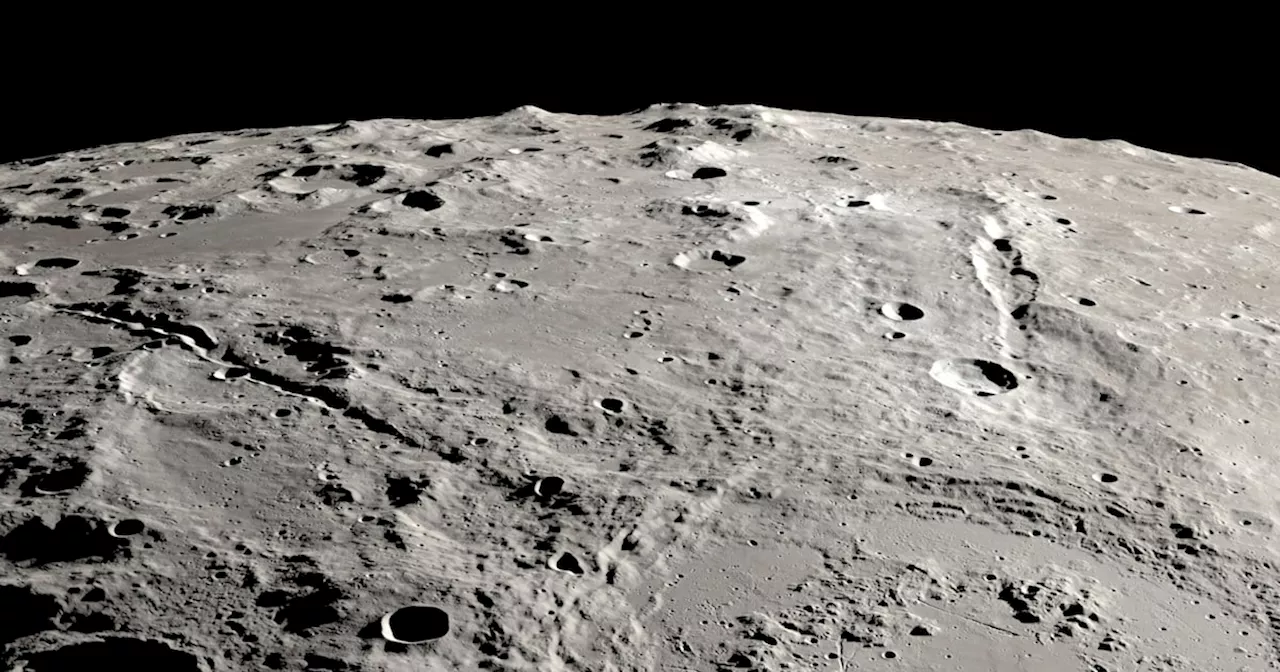 Ancient Asteroid Impact Carved Massive Canyons on the Moon's Far SideNew research reveals that an asteroid impact billions of years ago created enormous canyons on the moon's far side. This discovery offers valuable insights into the moon's and Earth's formation and highlights the potential for scientific discoveries in permanently shadowed areas.
Ancient Asteroid Impact Carved Massive Canyons on the Moon's Far SideNew research reveals that an asteroid impact billions of years ago created enormous canyons on the moon's far side. This discovery offers valuable insights into the moon's and Earth's formation and highlights the potential for scientific discoveries in permanently shadowed areas.
Read more »
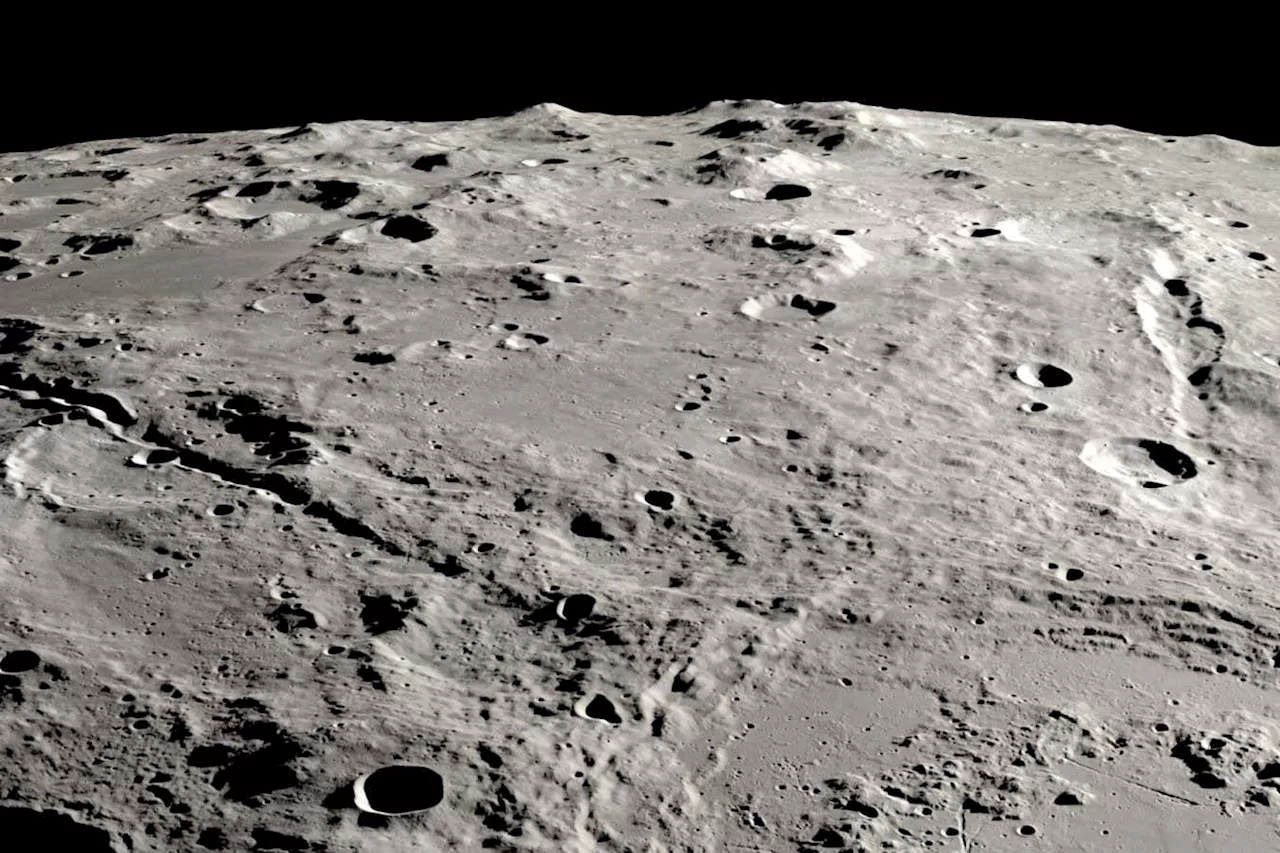 Lunar Canyons Formed by Asteroid Impact ChainsTwo unusually straight canyons radiating from the Schrödinger crater on the Moon were likely formed within 10 minutes by a chain of secondary debris impacts after an asteroid struck the crater billions of years ago. Researchers used computer models to investigate the origin of the canyons, suggesting that the asteroid's impact sent debris across the lunar surface at high speeds, creating smaller craters that eventually formed the deep grooves.
Lunar Canyons Formed by Asteroid Impact ChainsTwo unusually straight canyons radiating from the Schrödinger crater on the Moon were likely formed within 10 minutes by a chain of secondary debris impacts after an asteroid struck the crater billions of years ago. Researchers used computer models to investigate the origin of the canyons, suggesting that the asteroid's impact sent debris across the lunar surface at high speeds, creating smaller craters that eventually formed the deep grooves.
Read more »
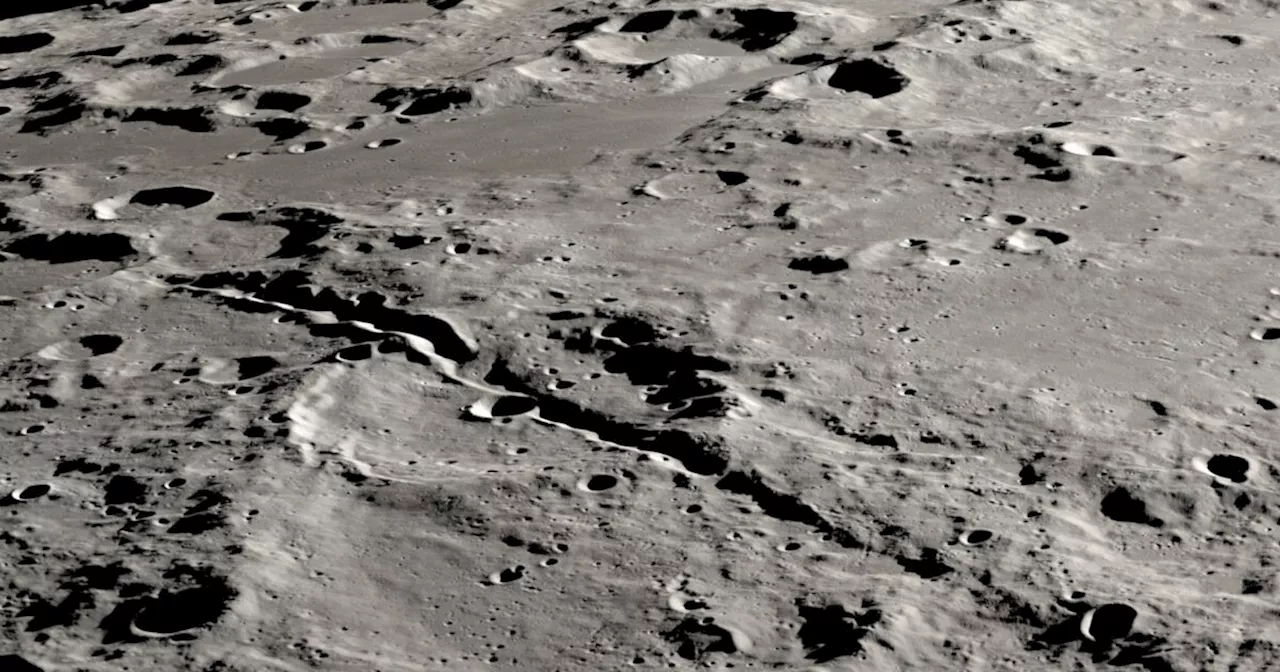 Minute Lunar Canyons Reveal the Power of a Billion-Year-Old Asteroid ImpactTwo massive canyons on the far side of the moon, Vallis Schrödinger and Vallis Planck, formed in just 10 minutes when an asteroid or comet slammed into the lunar surface billions of years ago. The study, published in Nature Geoscience, details the excavation process that created these impressive features, shedding light on the immense forces involved in such cosmic collisions.
Minute Lunar Canyons Reveal the Power of a Billion-Year-Old Asteroid ImpactTwo massive canyons on the far side of the moon, Vallis Schrödinger and Vallis Planck, formed in just 10 minutes when an asteroid or comet slammed into the lunar surface billions of years ago. The study, published in Nature Geoscience, details the excavation process that created these impressive features, shedding light on the immense forces involved in such cosmic collisions.
Read more »
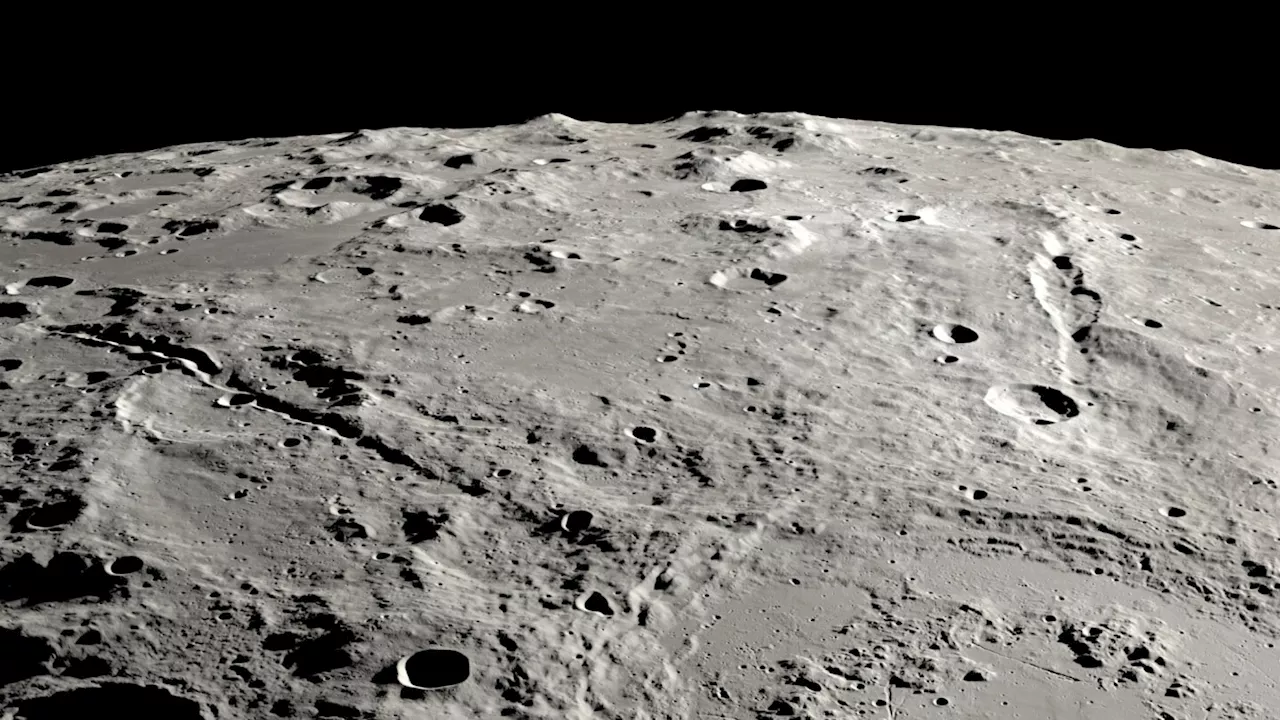 How an ancient asteroid strike carved out 2 grand canyons on the moonNew research shows that when an asteroid slammed into the moon billions of years ago, it carved out a pair of grand canyons on the far side. That's good news for NASA, which is looking to land astronauts at the south pole on the near, Earth-facing side later this decade.
How an ancient asteroid strike carved out 2 grand canyons on the moonNew research shows that when an asteroid slammed into the moon billions of years ago, it carved out a pair of grand canyons on the far side. That's good news for NASA, which is looking to land astronauts at the south pole on the near, Earth-facing side later this decade.
Read more »
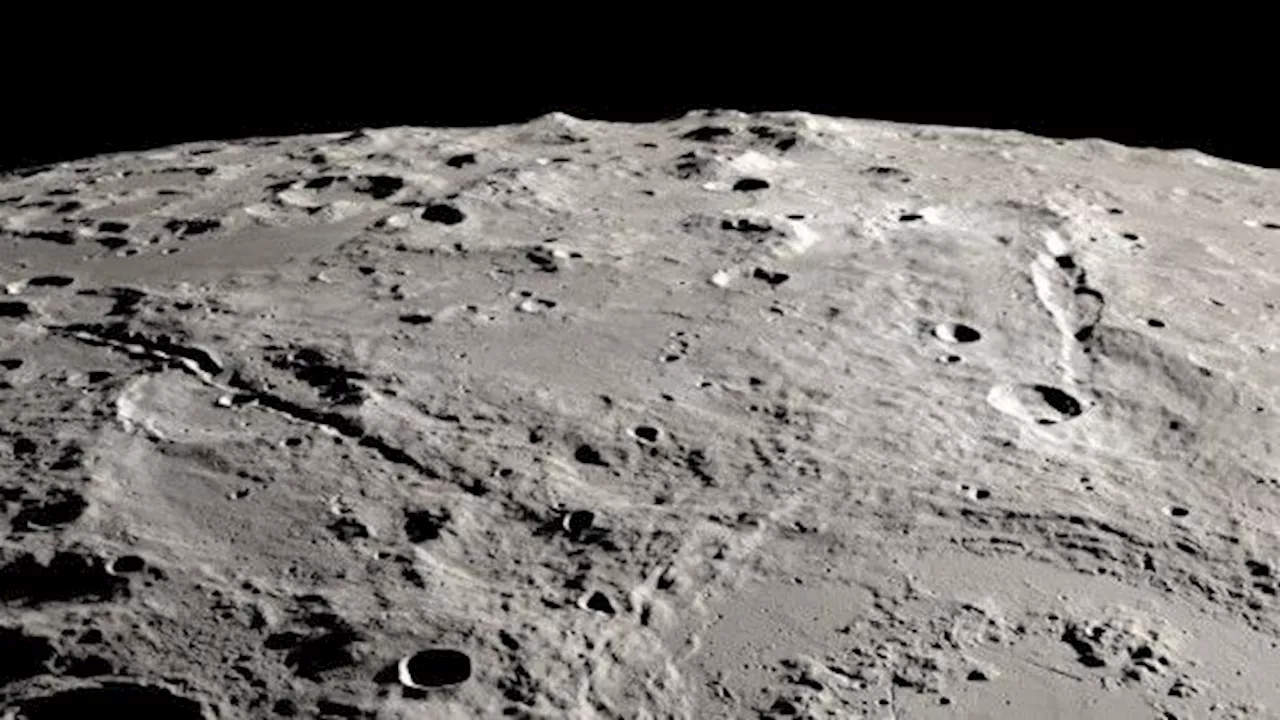 Bullet-fast moon rocks carved 2 lunar gorges deeper than the Grand CanyonCharles Q. Choi is a contributing writer for Space.com and Live Science. He covers all things human origins and astronomy as well as physics, animals and general science topics. Charles has a Master of Arts degree from the University of Missouri-Columbia, School of Journalism and a Bachelor of Arts degree from the University of South Florida.
Bullet-fast moon rocks carved 2 lunar gorges deeper than the Grand CanyonCharles Q. Choi is a contributing writer for Space.com and Live Science. He covers all things human origins and astronomy as well as physics, animals and general science topics. Charles has a Master of Arts degree from the University of Missouri-Columbia, School of Journalism and a Bachelor of Arts degree from the University of South Florida.
Read more »
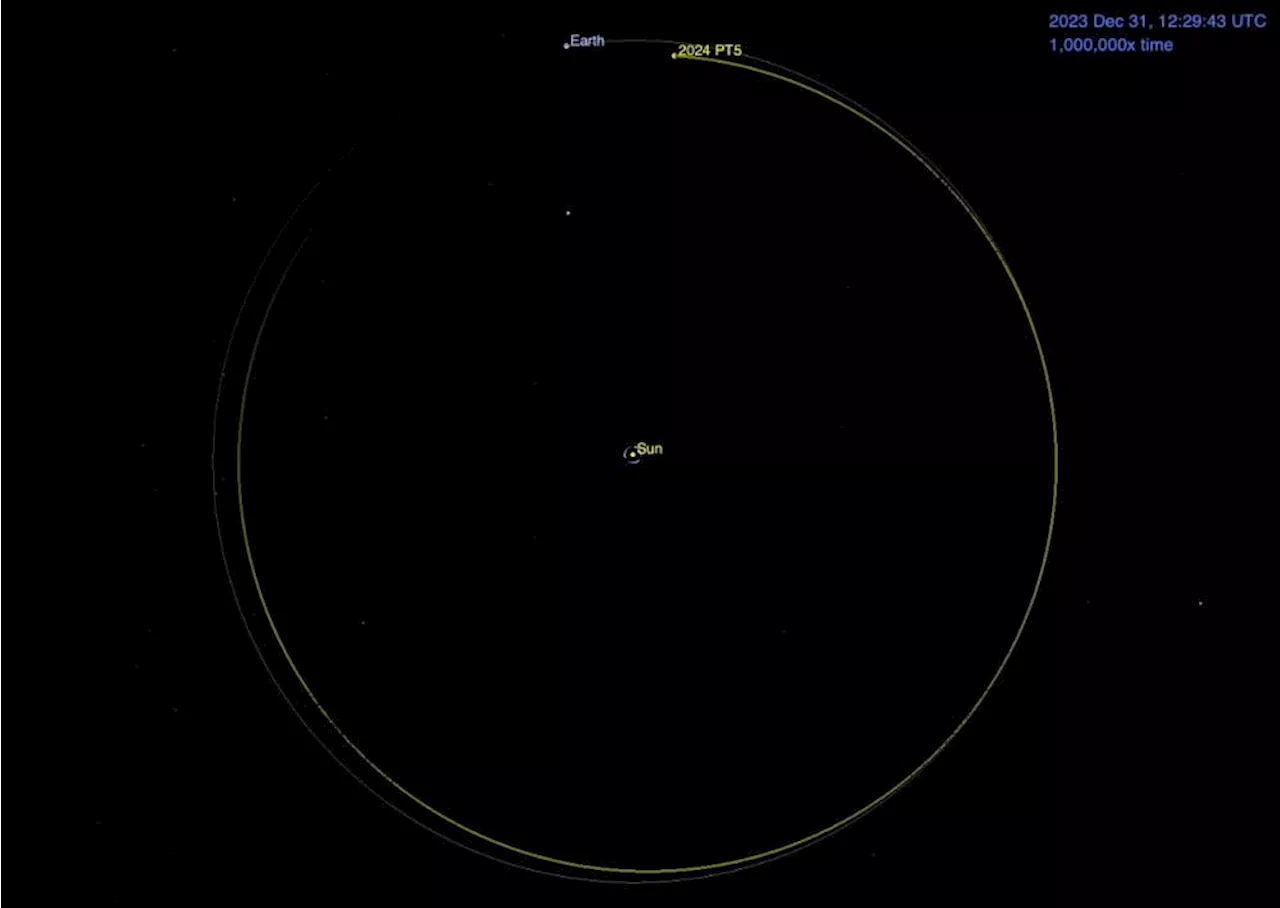 Lunar Asteroid 2024 PT5: A Chip Off the Old Block?Scientists believe that Near-Earth Asteroid (NEA) 2024 PT5, discovered in 2024, may have originated from the Moon. Its unique reflectance spectrum and orbital characteristics resemble those of lunar ejecta. This finding suggests that there might be a population of lunar-sourced asteroids in near-Earth orbits, waiting to be discovered.
Lunar Asteroid 2024 PT5: A Chip Off the Old Block?Scientists believe that Near-Earth Asteroid (NEA) 2024 PT5, discovered in 2024, may have originated from the Moon. Its unique reflectance spectrum and orbital characteristics resemble those of lunar ejecta. This finding suggests that there might be a population of lunar-sourced asteroids in near-Earth orbits, waiting to be discovered.
Read more »
